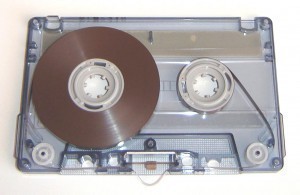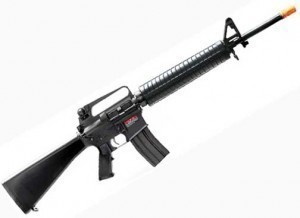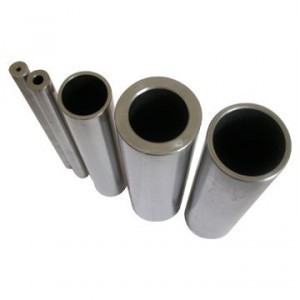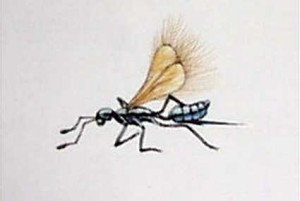Audio Cassette Dimensions
Also called cassette tape, compact cassette or simply tape, the audio  cassette is an audio and data storage device that makes use of a magnetic recording head. Together with the Compact Disc and LP, it was one of the most common forms of prerecorded music format widely used from the early parts of the 1970s until the later parts of the 1990s. In addition to these details, it is also good to learn the different audio cassette dimensions.
cassette is an audio and data storage device that makes use of a magnetic recording head. Together with the Compact Disc and LP, it was one of the most common forms of prerecorded music format widely used from the early parts of the 1970s until the later parts of the 1990s. In addition to these details, it is also good to learn the different audio cassette dimensions.
The Dimensions of Audio Cassettes
The standard length of audio cassettes is 4 inches, the average height is 2.5 inches while the usual width is 0.15 inch. Philips Corp. invented it in 1962, which was smaller than the reel-to-reel tape cartridge that was introduced by RCA Victor in 1958. Its trademarked name was Compact Cassette. After its release, it became a more popular choice than the 12-inch vinyl LP in the closing parts of the 1970s. The playback length of audio cassettes varies. Some of the most popular variations include the C60, which plays 30 minutes for every side, and the C46, which only plays 23 minutes for each side.
Additional Facts and Other Important Information
The cassette tape is comprised of a magnetic coating and a polyester-type plastic film. Originally, a gamma ferric oxide was used to create the magnetic material. One of the important features of the Compact Cassette is the write-protection mechanism, the purpose of which is to prevent accidental erasure, re-recording and the possible loss of all-important materials.
In 1970, a process that involved cobalt volume-doping was developed by 3M Company, which featured a double-coating method to improve the levels of the overall output of the tape. After that, DuPont released the chromium dioxide version. BASF invented the magnetic recording. In 1974, TDK released the Avilyn, which was made out of iron oxide that absorbed cobalt. Today, the coating of cassette tapes combines cobalt and ferric oxide.
In the latter parts of the 1980s and the early 1990s, the technical development of the audio cassette stopped upon the arrival of various digital recordable media like the MiniDisc and the Digital Audio Tape or DAT. After that, Philips launched the Digital Compact Cassette or DCC in 1992. However, it was discontinued later on after it failed in the mobile and home environments in 1996.
Until now, audio cassette tapes are used for a variety of purposes such as in interview transcripts, meetings, oral history and journalism. For home studio use, Tascam released the Portastudio eight-track and four-track cassette recorders in the 1980s.





